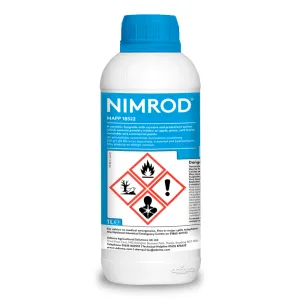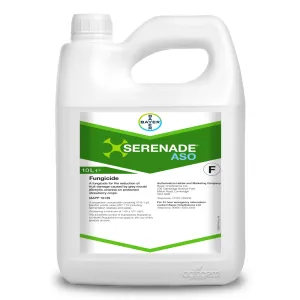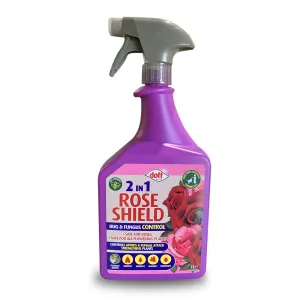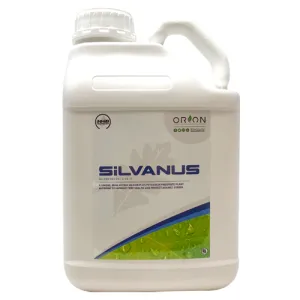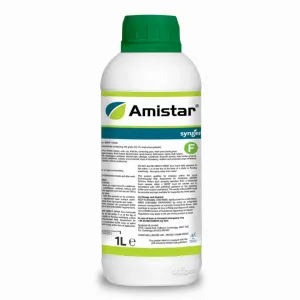The most common white fungus you’ll find in your garden belongs to a group of fungi known as powdery mildew. The fungus can appear from spring onwards and deposits a white / grey dusty looking coating on leaves, stems, fruits, and flowers.
Like all fungus, powdery mildew likes humid conditions and spreads quickly in warm conditions and where plants are growing close together.
Prevention first
One of the first ways to prevent powdery mildew from getting a hold is to review your planting schemes and introduce airflow. Powdery mildew will do well where plants are close to walls, where there is little air movement, or where plants are overcrowded.
You can help improve air movement by introducing an open structure to shrubs through pruning and by giving your border plants more space by thinning dense patches of planting.
Avoid high nitrogen fertilisers as these will encourage new succulent growth which is particularly susceptible to powdery mildew.
Be watchful during very dry periods. Plants that experience stress from intermittent drought are also prone to powdery mildew attacks, so water regularly in dry periods and make sure there is plenty of drainage.
When the weather is dry, it’s usually best to water plants mid-morning (rather than early in the morning or late in the afternoon) so that the water doesn’t stay on the leaves too long - which will increase the humidity. Mulch around the base of plants to help retain soil moisture.
You can find plants that are powdery mildew-resistant at most good nurseries; a good choice if you cannot introduce airflow.
Eliminating Powdery Mildew
Start by pruning affected leaves, buds, fruits, and stems, and discard in household rubbish or by burning (do not compost as the powdery mildew spores will remain and spread). Disinfect your pruning shears or clippers after use.
Use a specialist fungicide to treat powdery mildew. Some are formulated to treat powdery mildew on fruits and vegetables, others for ornamentals.
Agrigem offers a broad range of fungicides to tackle powdery mildew depending on need:
• Amistar: Can be used on multiple crops, trees and ornamentals.
• Nimrod fungicide: Helps cure powdery mildew and prevent it from establishing on a wide range of crops and plants.
• Serenade: Biofungicide – excellent for use on organic crops and growing systems.
• Rose Shield: Pesticide-free control to protect roses and flowering plants from powdery mildew.
• Silvanus: A silicon and potassium phosphite formulation to improve plant health and resilience to powdery mildew.
Are homemade remedies any good?
You will see articles online with instructions on making homemade treatments for powdery mildew. Most of these involve the use of bicarbonate of soda or milk. The latter focusses on controlling powdery mildew on cucumbers and squash by exposing the milk protein to sunlight in order to trigger an antiseptic effect. This is unlikely to cure powdery mildew but may provide some protection against it spreading on these specific crops.
Bicarbonate of soda treatments will provide some protection, but again, may not eliminate the fungus once it has taken hold. Various recipes purport to treat powdery mildew with varying degrees of success. Most contain a mix of bicarbonate of soda, dish soap, and vegetable oil.
What treatments have you used in your garden? Get in touch and let us know. For more information on powdery mildew, take a look at our guide here.




